1. Sleeping with Iron Under the Bed
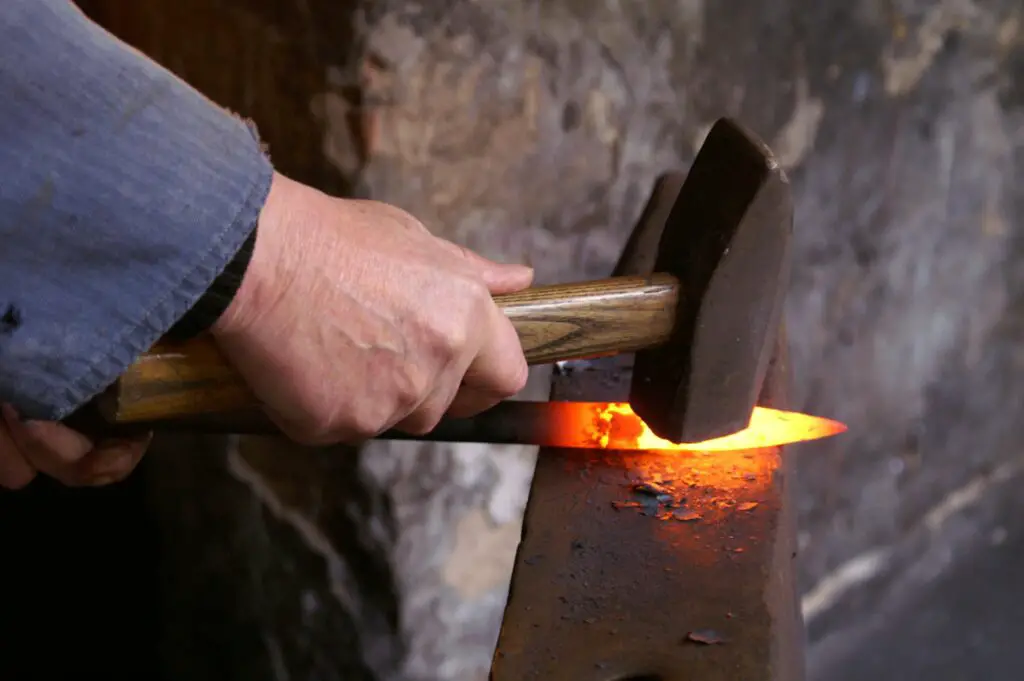
Back in the day, people believed that iron could keep evil spirits away, especially the ones that snuck into your dreams. It wasn’t uncommon to slide an iron horseshoe or a rusty nail under the bed before turning in for the night. This wasn’t just for good luck, but to keep away the kind of bad energy that caused tossing, turning, and terrifying visions. Some households even placed iron tools at the four corners of the bed, thinking it would form a kind of protective square says Quora.
There was something comforting about knowing that a bit of metal could serve as a shield against whatever haunted the night. Even blacksmiths were sometimes called upon to forge “protective iron” with certain symbols etched into them. It’s not something you’d find in a modern sleep hygiene guide, but back then, it was serious business. The belief ran so deep that many people wouldn’t even sleep in a house that didn’t have iron tucked somewhere nearby adds Reddit.
2. Eating Certain Foods Before Bed

Long before we had sleep studies or melatonin gummies, folks relied on food-based rituals to protect their dreams. In some parts of Europe, eating bread crusts or small bites of cheese before bed was said to help you sleep peacefully. These weren’t midnight snacks for fun, they were small offerings to whatever spirits might be watching. If you had a nightmare, people assumed you hadn’t honored the proper bedtime meal shares Hindustan Times.
In some areas, honey was also a key ingredient, smeared on bread or taken on its own to sweeten the soul and calm the mind. The idea was that sweet things would attract good dreams, while bitter or spicy foods might provoke angry spirits. This was more than superstition—it was woven into evening routines, especially for children. Parents passed it down with the same seriousness as brushing your teeth adds ELLE.
3. Hanging Dreamcatchers
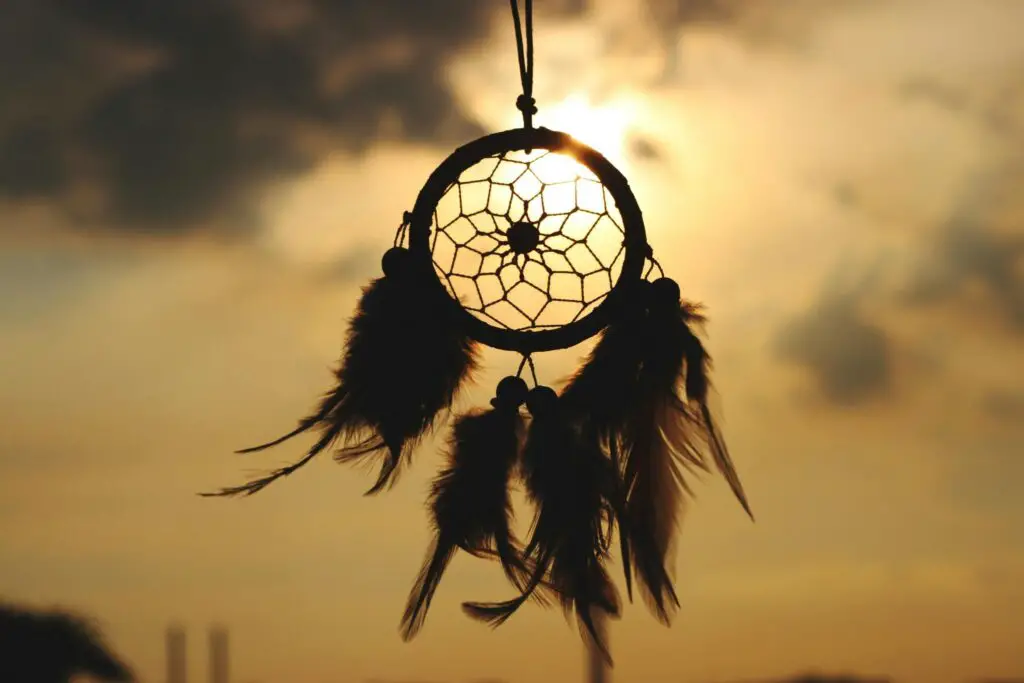
Dreamcatchers are one of the most enduring symbols of nightmare protection, rooted in Indigenous North American traditions. These handmade webs were believed to filter dreams, catching the bad ones and letting only the good ones pass through the center hole. Hung over cradles or near sleeping areas, they were often made by elders with personal care and intention.
What makes them so touching is the love and belief poured into each one. Feathers, beads, and natural fibers all held specific meanings, chosen carefully to strengthen their power. For some, it wasn’t just about warding off nightmares, but connecting to ancestors and spiritual guides. Even today, many people hang them out of a mix of tradition, beauty, and hope.
4. Sleeping with a Bible or Holy Text
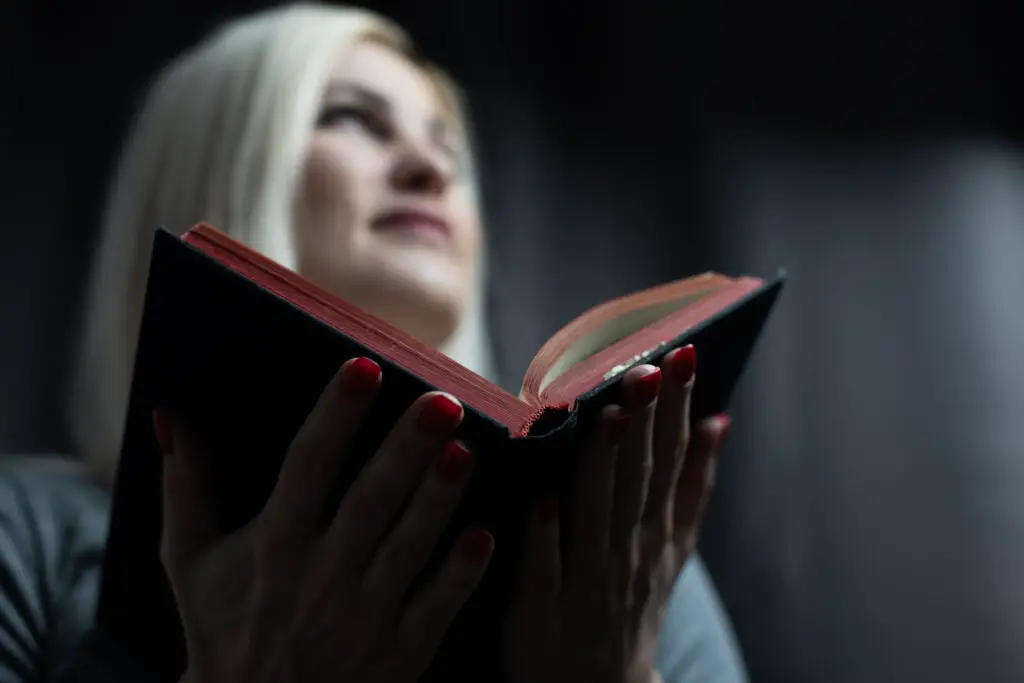
In deeply religious households, one of the most trusted ways to avoid nightmares was to keep a Bible—or another sacred book—near the bed. Some people placed it under their pillow, while others kept it on the nightstand, open to a favorite comforting passage. It wasn’t just about faith, it was about feeling spiritually protected during the vulnerable hours of sleep.
Many children were taught to pray over the book before bed, asking for peaceful dreams and safe rest. The act of doing this nightly turned into a grounding ritual. It was less about the object and more about the trust and comfort it represented. For some, that small, silent act of faith was stronger than any lock on a door.
5. Painting Doors Blue

In several cultures, particularly in parts of the American South and the Middle East, painting doors blue was believed to ward off evil spirits. The color blue, especially a pale or vibrant shade known as “haint blue,” was thought to confuse or repel ghosts. Since nightmares were believed to be sent by restless spirits, this was considered an indirect way to protect the whole house—and the dreams inside.
Even ceilings of porches were painted blue to trick spirits into thinking they were looking at the sky, keeping them from entering. The logic was simple, yet oddly poetic. If a spirit can’t find the door, it can’t sneak into your room while you sleep. Today, some people still paint porch ceilings blue, sometimes without even realizing the deep, eerie history behind it.
6. Placing Garlic Near the Bed
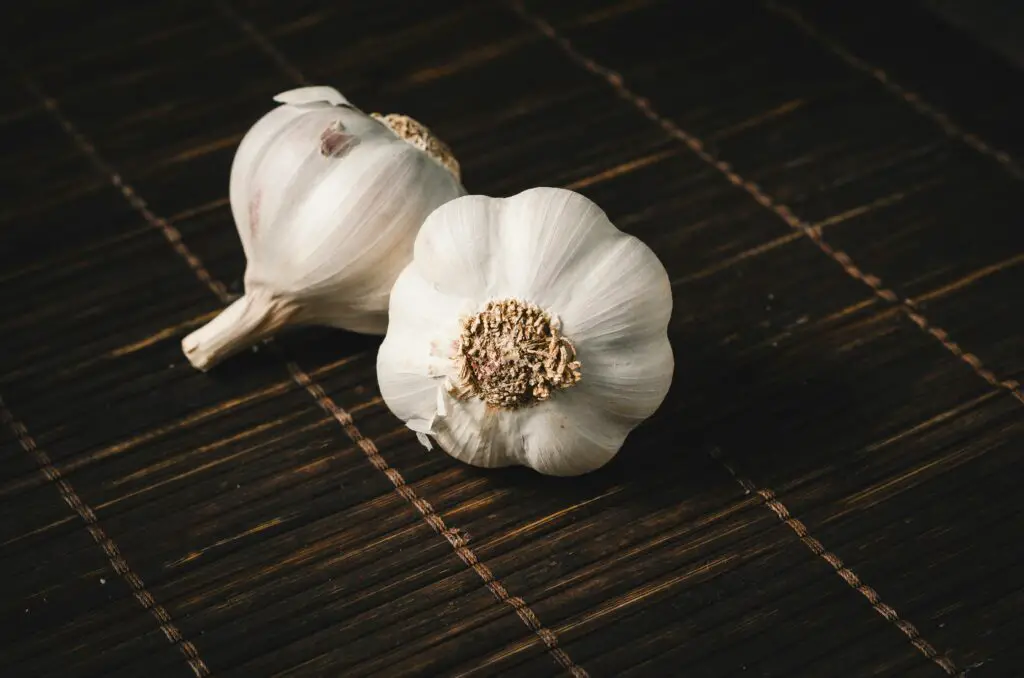
Garlic isn’t just for flavor—it’s been a spiritual shield for centuries. People in various cultures believed that placing garlic cloves under pillows or hanging braids of garlic near the bed would keep demons and nightmares away. Its strong smell was thought to be offensive to evil spirits, driving them off before they could settle in.
This practice was especially common during illness or after someone experienced a run of particularly bad dreams. Even if you didn’t believe in demons, the sharp, earthy scent was reassuring to some. It felt like armor. Some households even combined garlic with salt and hung the mix in small pouches above children’s beds.
7. Drawing Symbols on the Walls

Before wallpaper and Pinterest-perfect decor, many people marked their walls with protective symbols—often in chalk, soot, or even blood. These markings could be crosses, stars, or other cultural symbols meant to block unwanted spiritual visitors. Some were passed down from generation to generation, drawn in secret to avoid ridicule.
These weren’t just decorations, they were silent guardians. If someone had a nightmare, it was believed the symbol had either faded or been disrespected, prompting a quick redraw. In medieval times, it wasn’t uncommon to see a mix of Christian symbols and pagan runes on the same wall. It was all about what worked—no one wanted to take chances with restless spirits.
8. Binding Hair Before Sleep
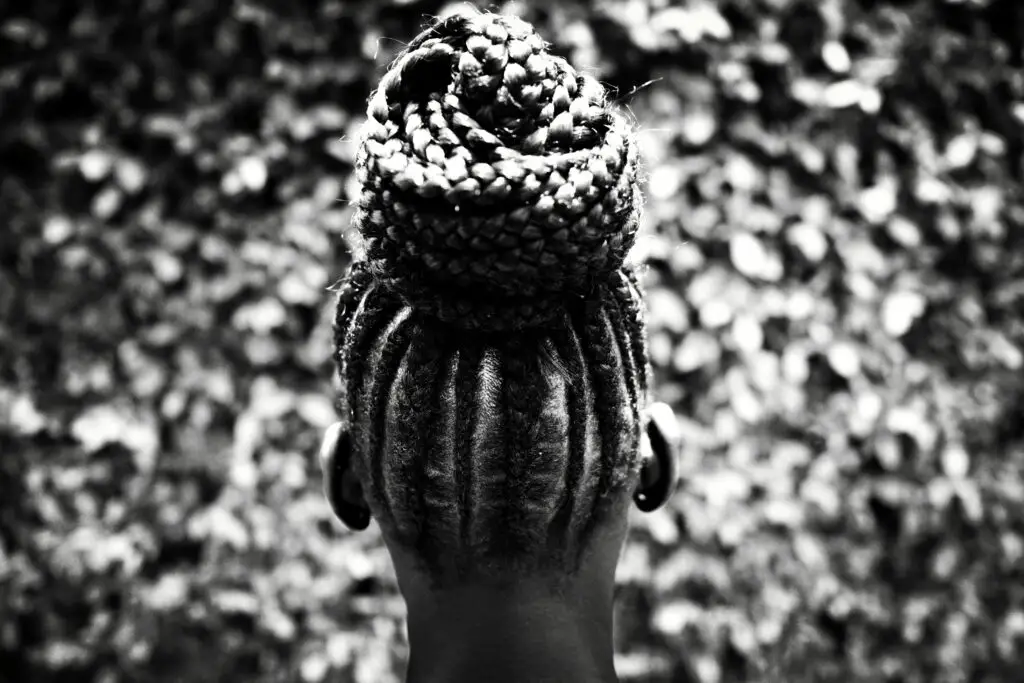
Loose hair was once believed to be dangerous, especially during sleep. In many traditions, leaving your hair down invited spirits to tangle themselves in it, which could lead to bad dreams or even possession. That’s why tying or braiding hair before bed was more than just good hygiene—it was a form of protection.
Mothers often braided their daughters’ hair with whispered blessings, creating a bedtime ritual that blended love with superstition. The tighter the braid, the stronger the shield, or so they believed. Some even used special ribbons or charms woven into the hair. It might sound strange now, but it was taken very seriously in many cultures.
9. Washing Feet with Salt Water
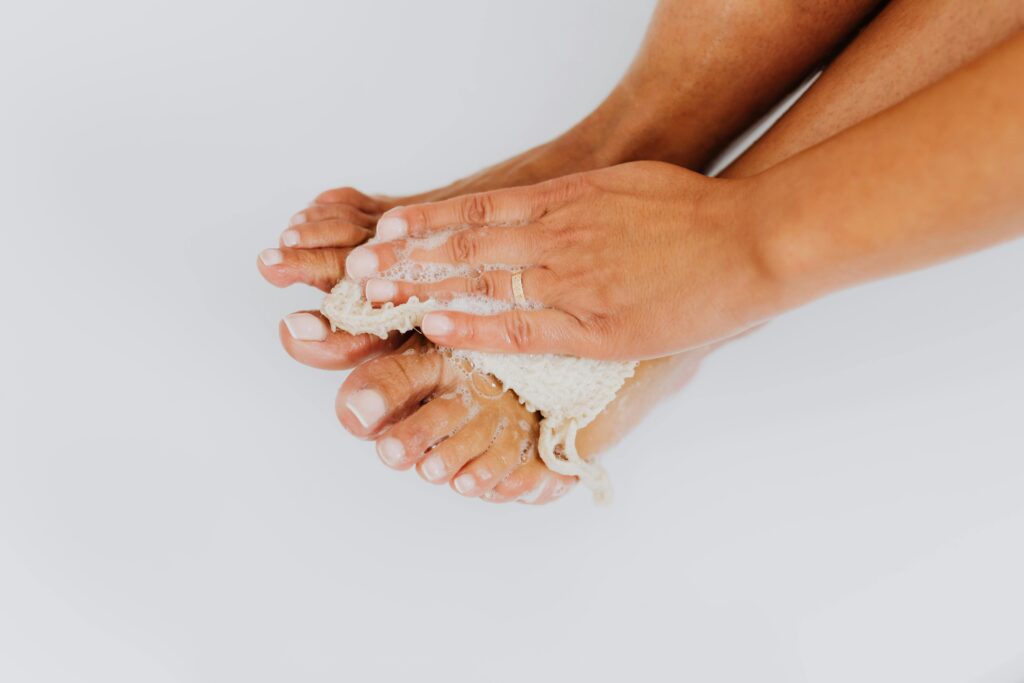
Nightmares were sometimes seen as the residue of a spiritually dirty day, so cleansing rituals before bed were common. Washing your feet with salt water was one such ritual, believed to purify the body and remove negative energy. Salt, in particular, was seen as sacred and protective across many cultures.
This small act was usually done in silence, with intention and care. Some would even speak prayers while scrubbing, imagining the day’s troubles being rinsed away. For those who followed this nightly, it wasn’t just about warding off nightmares, but creating a moment of peace. It offered a physical way to symbolically wash off fear.
10. Sleeping Facing East

Some old traditions insisted that the direction you slept could determine the quality of your dreams. Sleeping with your head facing east was thought to bring wisdom, clarity, and calm sleep, while other directions might invite confusion or spiritual disruption. It wasn’t feng shui—it was older than that and rooted in spiritual symbolism.
East was associated with the rising sun, new beginnings, and renewal. Facing that way while you slept was like aligning yourself with light, even in the dark. People rearranged entire bedrooms to accommodate this practice. It shows how deeply people believed that even the smallest shift could influence the subconscious.
11. Burying a Charm in the Mattress

This one takes commitment. In some cultures, people actually buried small protective charms inside the stuffing of their mattress or sewed them into the lining. These could be herbs like lavender, amulets made of stone, or small handwritten prayers folded tightly.
It wasn’t something you did casually—it often marked a moment of intense fear or after a string of nightmares. The charm was meant to stay hidden and undisturbed, working silently beneath you every night. Some even passed their “blessed” mattress down through generations. If someone had peaceful dreams, they’d credit the hidden charm beneath their back.
12. Burning Special Herbs Before Bed
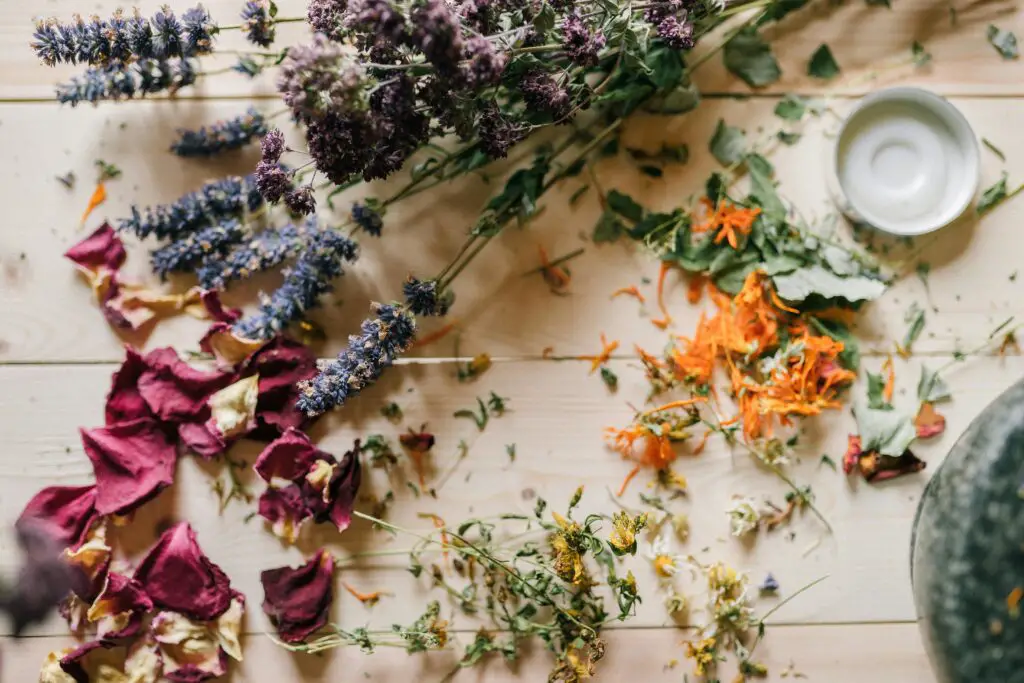
Smudging and herbal smoke rituals weren’t just for ceremony—they were often used to clear bedrooms of whatever might be causing bad dreams. Sage, mugwort, and sweetgrass were among the most commonly burned plants, believed to drive away negative spirits and thoughts. People walked the smoke through the room or waved it around the bed.
This was about more than fragrance—it was a spiritual sweep. The air would feel different afterward, lighter somehow. Some even left the smoldering herbs by the window to let the last of the smoke drift outside. In households that practiced this regularly, it became a comforting routine that signaled safety and rest.
13. Whispering to the Moon

There was once a belief that the moon could carry away your worries, including nightmares. Before sleep, some people stood by the window, looked up at the moon, and whispered their fears out loud. The idea was that by speaking them, they lost their power—and the moon would guard you through the night.
This ritual was most common during a full moon, which was thought to have the strongest protective energy. It sounds poetic, but it was deeply personal for many who practiced it. There’s something vulnerable and lovely about whispering your darkest thoughts into the night sky. Even if it didn’t stop the nightmares, it gave a sense of connection to something bigger.
